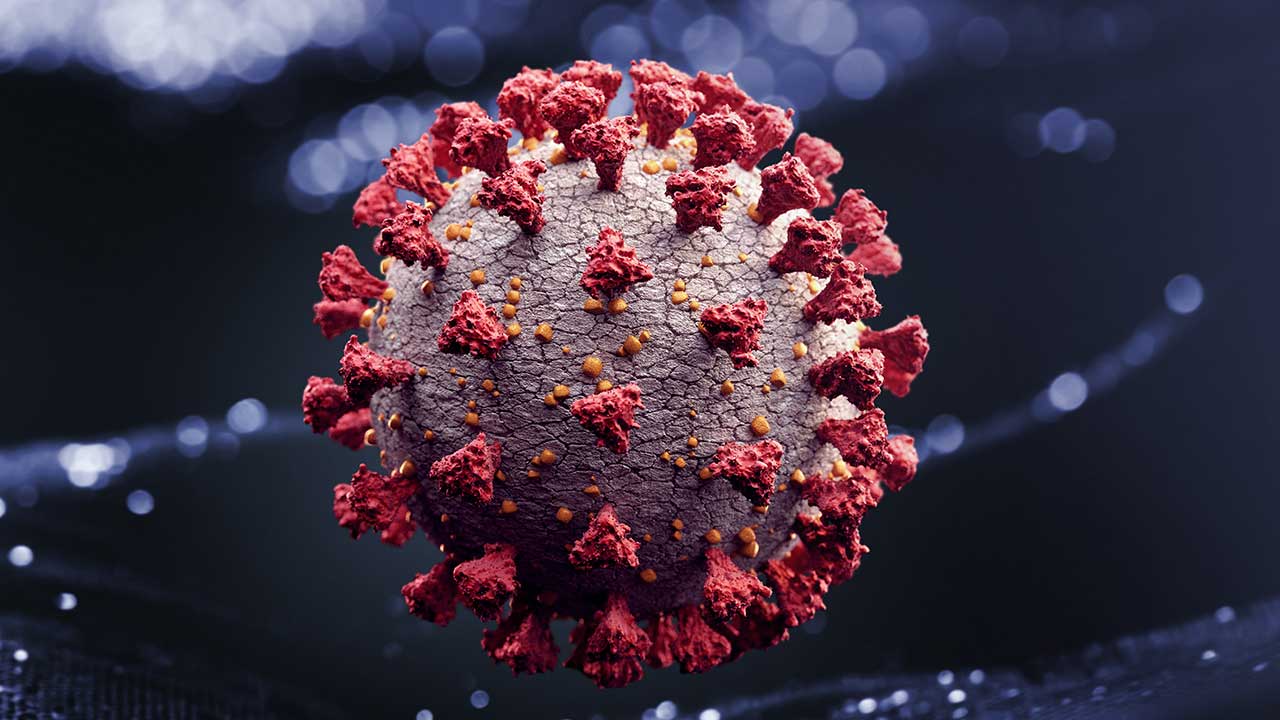Chance of COVID emerging naturally is “one in a million”

As COVID-19 vaccinations continue to be administered and the number of coronavirus cases remains low in Australia (or New Zealand), scientists are looking to answer one remaining question: where did the virus come from?
The lab leak theory
Dr Steven Quay, the chief executive of biopharmaceutical company Atossa Technologies and former faculty member at Stanford University’s School of Medicine, said the probability of SARS-CoV-2 emerging naturally was “literally one in a million”.
Presenting at a conference organised by the Hudson Institute in Washington DC alongside astrophysicist Professor Richard Muller, the pair accused Chinese scientists of concealing the origins as a manufactured virus.
The increased interest in the origin of the virus comes after the US government ordered its intelligence agencies to investigate the origins of COVID-19.
Dr Quay said the report conducted by the World Health Organisation, tabled in March, had “censored” the earliest cases of COVID-19 outside of the Wuhan wet market.
“This is not science, this is obfuscation,” he added.
Professor Muller said there were concerns scientists who pursued the “lab leak” theory would be “blacklisted and labelled an enemy of China”.
An alternative theory
Others theorise that the Wuhan Institute of Virology had been performing “gain of function” experiments - where a virus is manipulated to make it more infectious.
This kind of research has been conducted at labs around the world, according to Professor Dwyer.
“The institute haven’t published anything significant on gain-of-function studies. I’m not an expert in that area, but my understanding is they weren’t doing gain-of-function work that has been obviously traceable.”
Flaws in the theory
Though some have labelled the WHO report as inconclusive, the 17 international experts who produced the report concluded the most likely origin of the pandemic came from the virus jumping between species - possibly from bats to pangolins - and then to humans.
Professor Dwyer, director of public health pathology in NSW and one of the experts who contributed to the report, said the key flaw in the lab leak theory was there was no evidence the Wuhan Institute of Virology had the virus before the pandemic.
“The laboratory leak, for that to be the origin … meant they must have had the virus to begin with, and we don’t have evidence of that,” he said.
“The lab leak sits there, but you need some sort of evidence to take it further.”
The institute had been working to find and publish papers on new bat coronaviruses, including a virus that is the closest known match to COVID-19 so far, and Professor Dwyer said it was unlikely the institute would have had SARS-CoV-2 and not published anything about it.
“They are a pretty prominent research institute. They publish a lot of very good papers and have collaborations with people around the world. If they had it, there was no reason to hide it from a scientific or intellectual point of view.”
Additionally, some have argued that the lack of an identified intermediate host for the coronavirus supports the lab leak theory, with science journalist Nicholas Wade claiming the SARS intermediate was found within four months of that outbreak.
But, Professor Dwyer said it actually took 15 years to find the animal source of SARS.
“These things can take time,” he said.
“We felt transmission from bat to some sort of intermediate animal to humans was the most likely because it has occurred before - and not just once before, but several times.
“Based on history, based on things like what markets are like in Wuhan and other neighbouring countries … that seems to be the most likely scenario for it to develop.”
